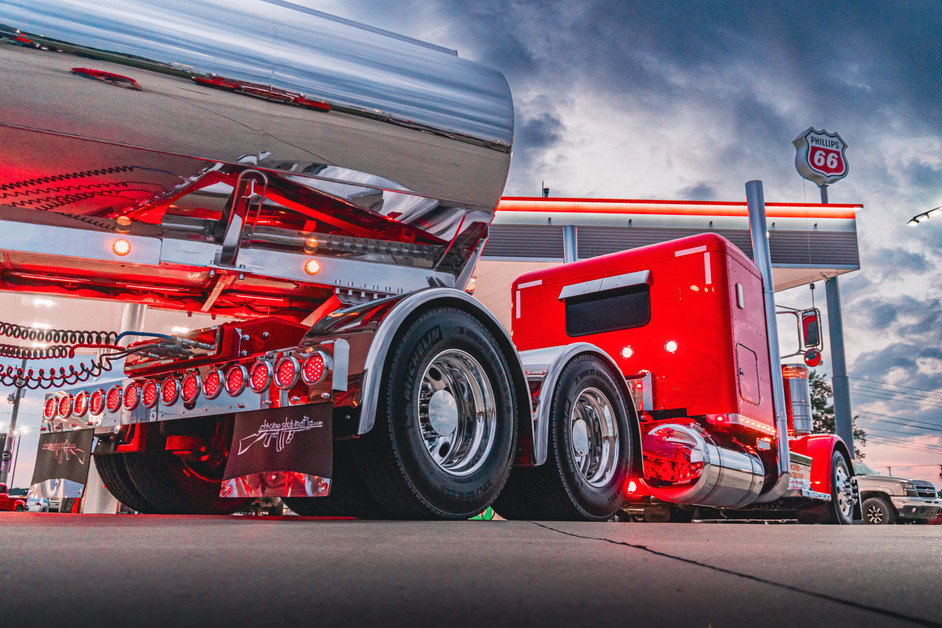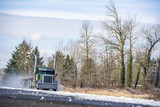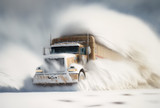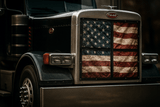The Ultimate Buyer's Guide to Semi-Truck Rear Light Bars
Rear light bars on a semi truck create a more cohesive style for your rig. Here's a quick buyer's guide is designed to help you find the right style of rear light bracket panel or light bars.
Benefits of Adding Rear-T Light Bars

It's pretty straight forward: light bars and tail light panels = more visibility and style.
Rear lighting adds to your big rig’s visibility; this can help prevent collisions, aid in turn signaling, and boosts overall safety.
T-light bars and light panels help with nighttime driving, emergency signaling, and trailer awareness.
Highly visible brake lights are essential because it takes longer for semi trucks to stop their momentum.
Some light bars double as work lights during nighttime loading or unloading.
Product Types & Differences
T light bars = one-piece solutions that combine mudflap hangers and lighting—cleaner look and easier wiring. These can also come without light-hole cutouts, showcasing just the smooth stainless steel instead.
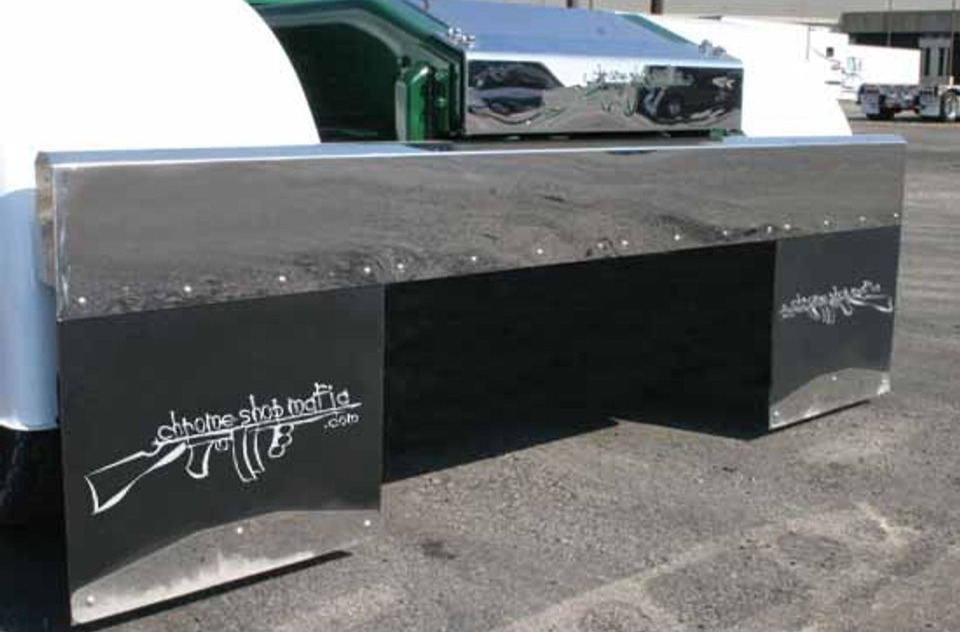
Rear light panels = flat/angled mounting plates, ideal for adding extra or custom light setups.

1-piece vs 2-piece: 1-piece reduces install complexity and risk of failure; 2-piece offers more modular flexibility.

This, for example, is considered a 2-piece angular light bar with stainless steel mud flap hangers attached at the bottom: a full custom rear setup.
Customization & Aesthetic Appeal
Owner-operators often upgrade for personalization and truck branding, not just function.
Blank panels and light bars without holes offer full creative control for light placement and layout.
Lighting styles. You can choose from virtually any type of rear tail light style, including watermelon lights, beehive, rounded, or oval combo lights.
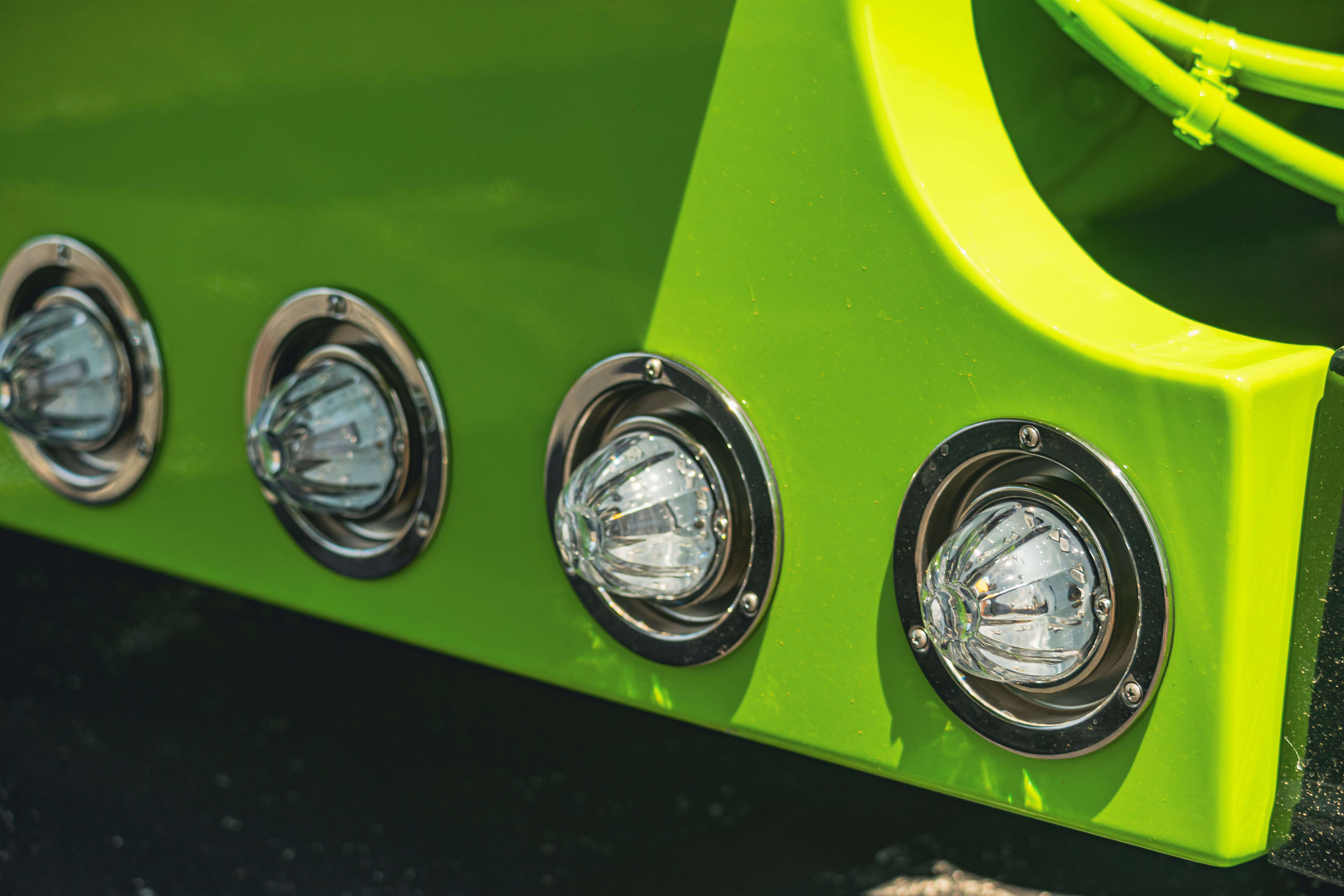

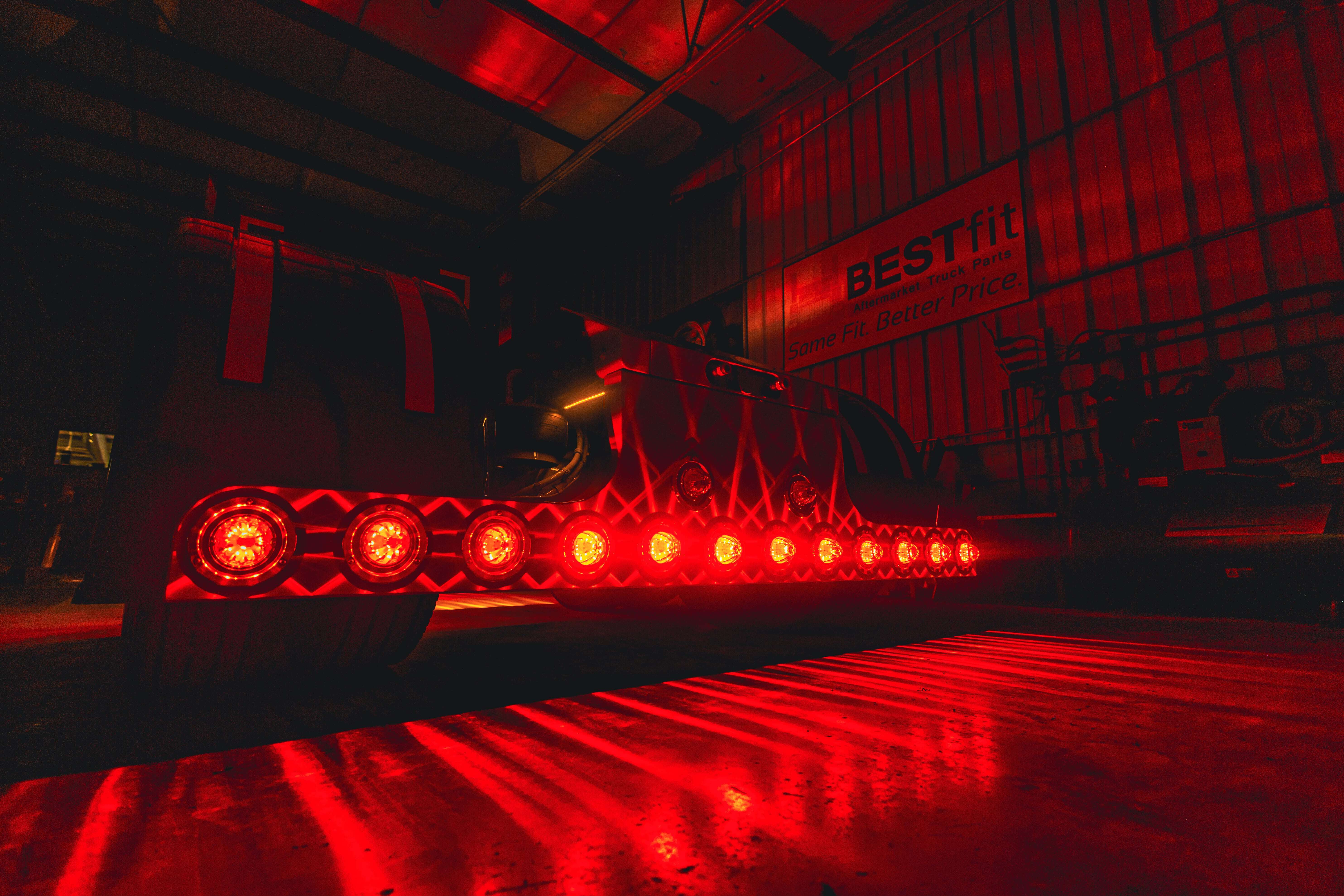
This is an example of a Legendary Extreme watermelon light with a four-way setup - meaning the colors can change back and forth between green, yellow, white, and red (for compliance).
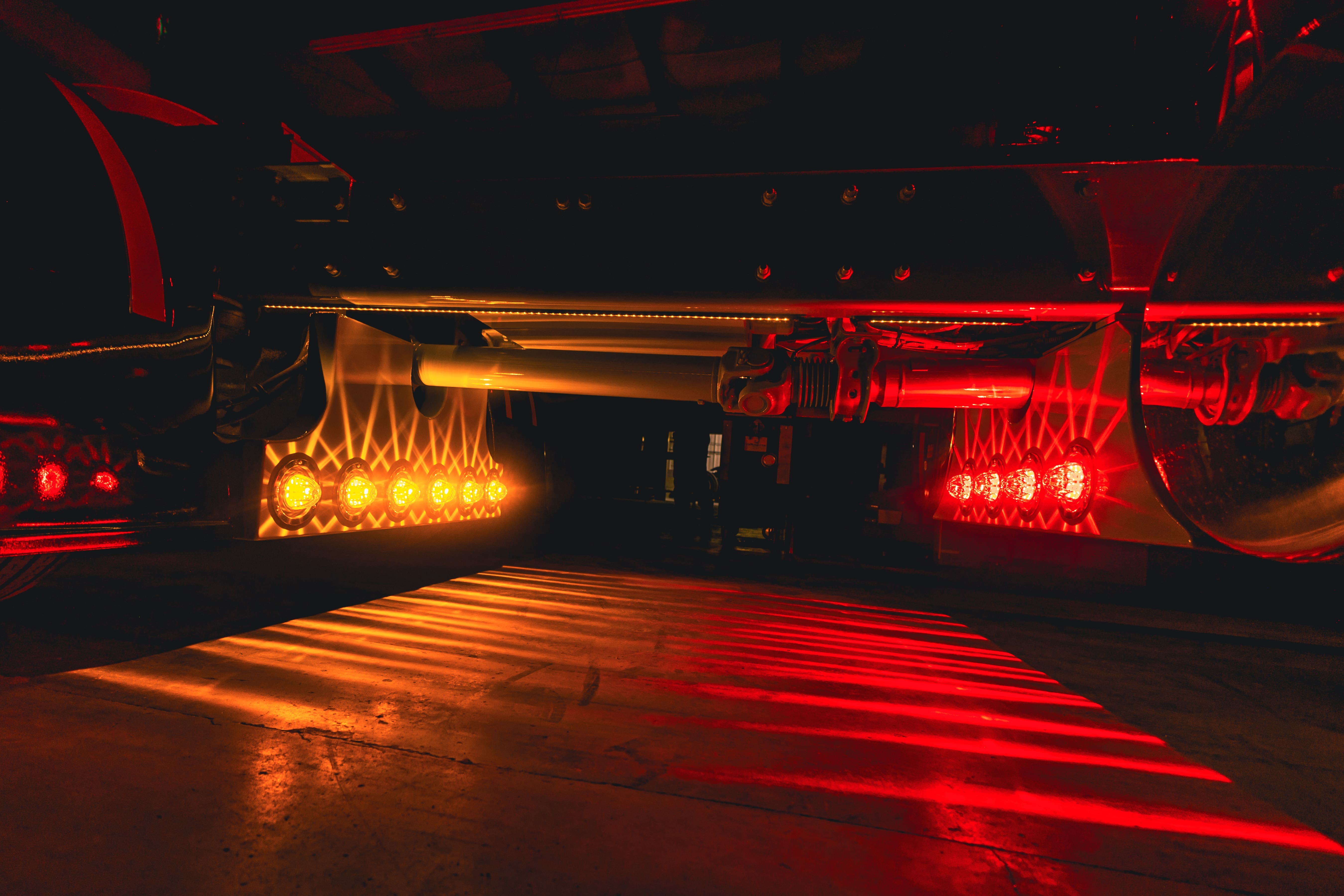
Underglow effects, dual revolution LEDs, and chrome finishes also offer standout looks while staying really functional.

Rear light bar panels pair perfectly with rear full-radius fenders that feature a matching style, whether it's polished stainless steel or a painted aluminum with some additional trim pieces .
Rear T-Light Bar Panel Styles to Consider

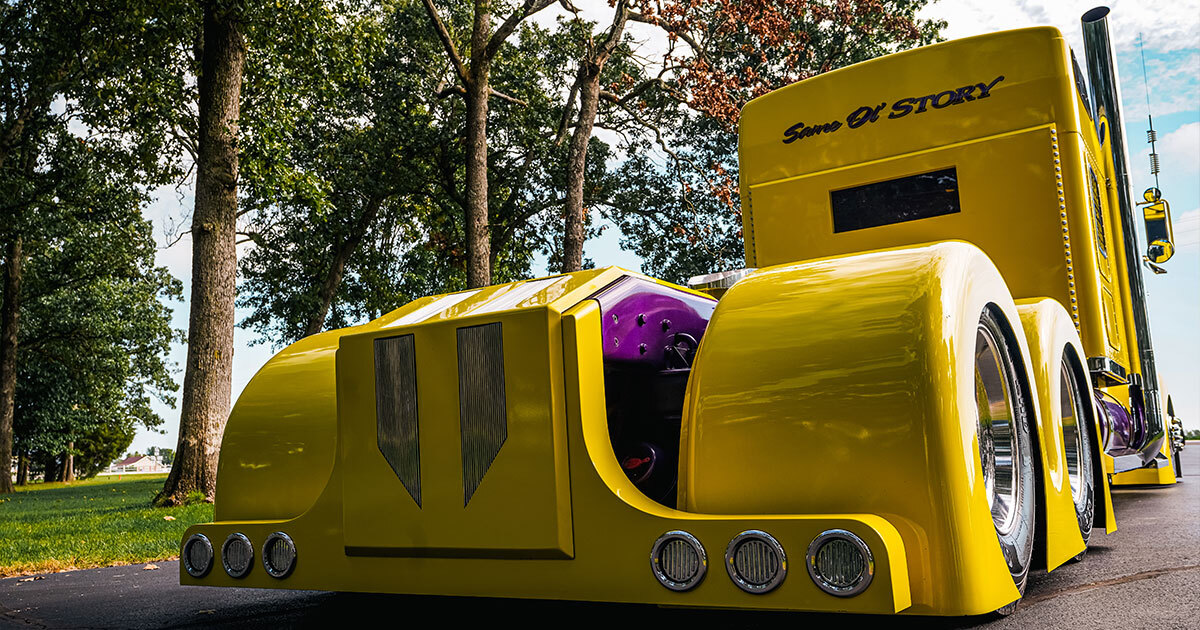
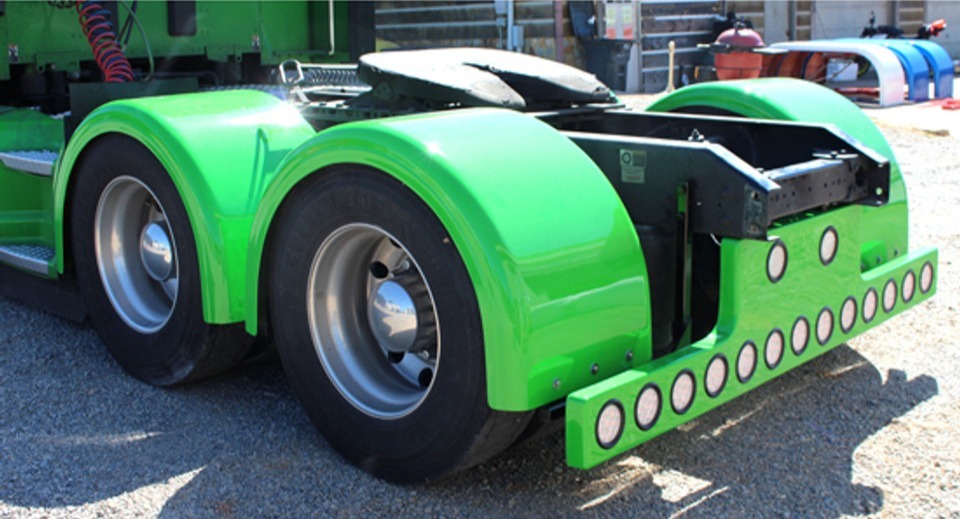

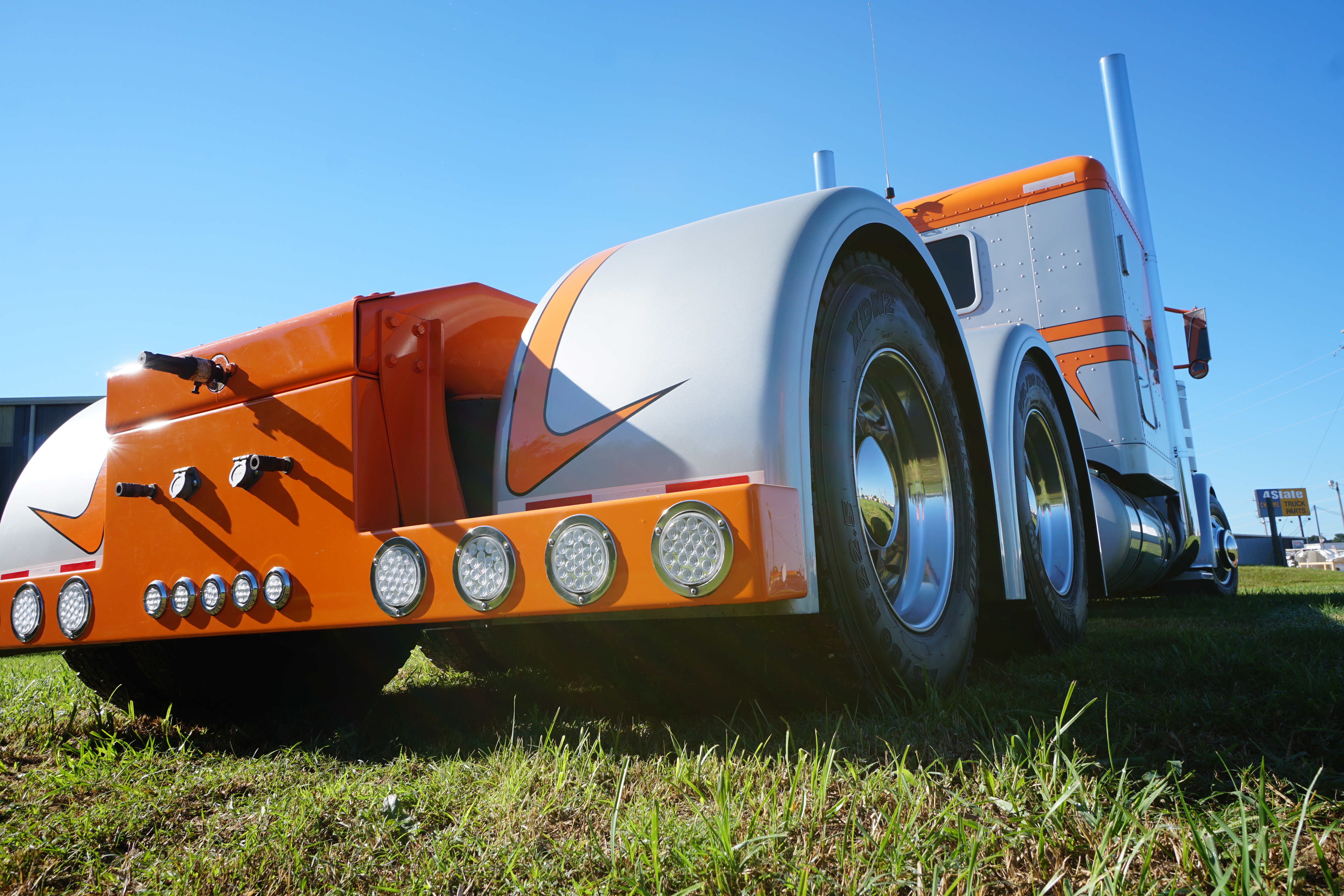
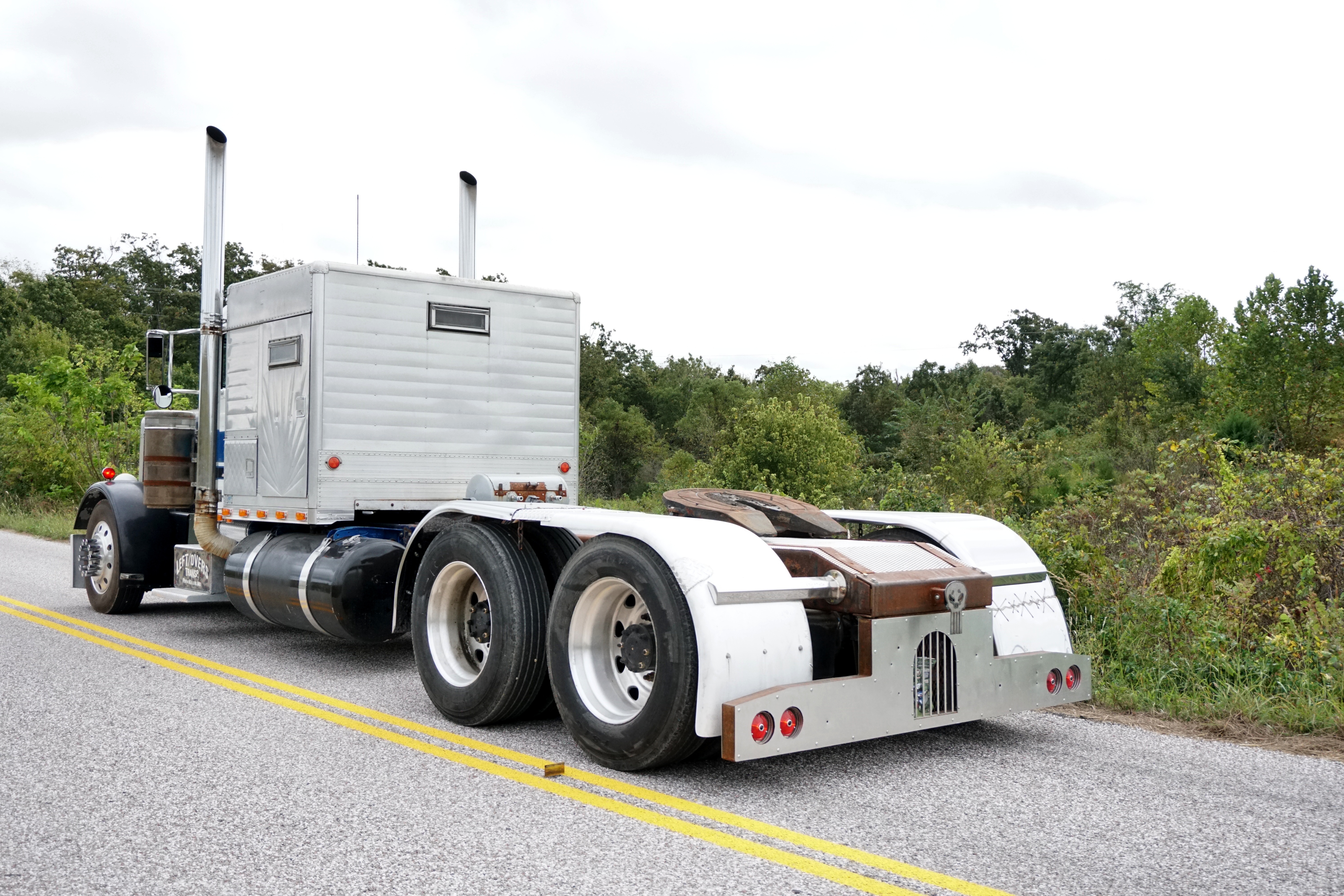
Installation Insights for Rear Light Bars
DIY is technically possible, but professional install is highly recommended due to complex wiring and compliance risk.
Use heat shrink, dielectric grease, and proper wire routing to prevent corrosion and damage.
Always disconnect the battery before starting electrical work.
Pre-test all lighting connections before final mounting to catch any issues early.
Specs & Compatibility
LEDs dominate the market for energy efficiency, brightness, and long lifespan.
Common cutout sizes: 4", 2", 6" oval, and ¾" bullseye/button lights. Technically, you can get custom light bar cutouts to fit nearly any specification you want, from
Light bars support 12V and some up to 36V; amps vary by light type.
Popular styles: Spring-loaded vs fixed mounts, flat-top vs T-bar style, mirror finish stainless steel.
Regulatory Compliance (FMVSS 108)
DOT compliance isn’t just the label—lamp placement and activation must meet FMVSS 108.
Non-compliant mounting (e.g., backup lights on sleeper wall) is illegal, even if lights are DOT-certified.
Installers share liability for correct installation and placement.
Troubleshooting & Maintenance
Common issues: flickering lights, dimming, wiring corrosion, or rodent damage.
Many problems are system-wide, not just isolated to a bad bulb—diagnose holistically.
Use multimeters and test lights for effective troubleshooting.
Regular maintenance prevents downtime: clean lenses, inspect wiring, replace bulbs proactively.
Material & Build Quality
Best materials: 304/430 stainless steel, aluminum, chrome finish.
High-end products offer LED dual function, underglow, heated lenses, and sealed wiring.
Investing in quality = longer life, fewer failures, better road performance.
Get Rear Light Bars for Your Semi Truck Today
Start upgrading the style of your truck's backend with unique lighting fixtures on polished stainless steel bars. This aftermarket upgrade can truly elevate your rig's aesthetic to a whole new level.
Recent Posts
-
The 85-Year History of Peterbilt Trucks (Quickly Summarized)
Peterbilt: A Legendary Name in American Trucking A fast, engaging history—from WWII logging ingen …31st Oct 2025 -
Top 10 Semi Truck Winter Accessories for Heavy-Duty Drivers
Winter truck driving can be downright trecherous to work in, especially when you don't have the righ …21st Oct 2025 -
Haul of Fame: The Murder Pete
They call it the Murder Pete. Blacked-out, rugged, and raw, it’s a notorious big rig known for its “ …17th Oct 2025 -
How to Winterize a Semi Truck: The Complete Driver Checklist
Cold winter weather, freezing temperatures, snow-covered roads, and adverse weather conditions wreak …14th Oct 2025 -
Buyer’s Guide: Choosing the Right Semi Truck Heat Shield
A semi truck’s exhaust pipe heat shield is more than just some polished piece of metal. It’s the onl …10th Oct 2025 -
Semi Truck Winter Fronts: Useful or Outdated?
So, you're prepping your big rig for a cold and rainy season and you're thinking about winter fronts …7th Oct 2025 -
Peterbilt Clutch Parts: A No-Nonsense Guide for Owner-Operators
Your Peterbilt clutch is a small, but critical part that connects the engine power to the transmissi …3rd Oct 2025 -
Preventative Maintenance Checklist for Semi Trucks
Every truck driver knows one thing: semi-truck repairs are a nightmare for the pocketbook. Sticking …30th Sep 2025 -
Semi Truck Buying Guide: Questions to Ask Before Investing in a Rig
Choosing to invest your hard-earned dollars into a class 8 big rig is a massive decision. And if you …26th Sep 2025 -
Peterbilt Truck Speed Sensors: Everything You Need to Know
You're driving at 70 mph, but your dash says 0. Each shift jerks you forward and the cruise control …23rd Sep 2025


